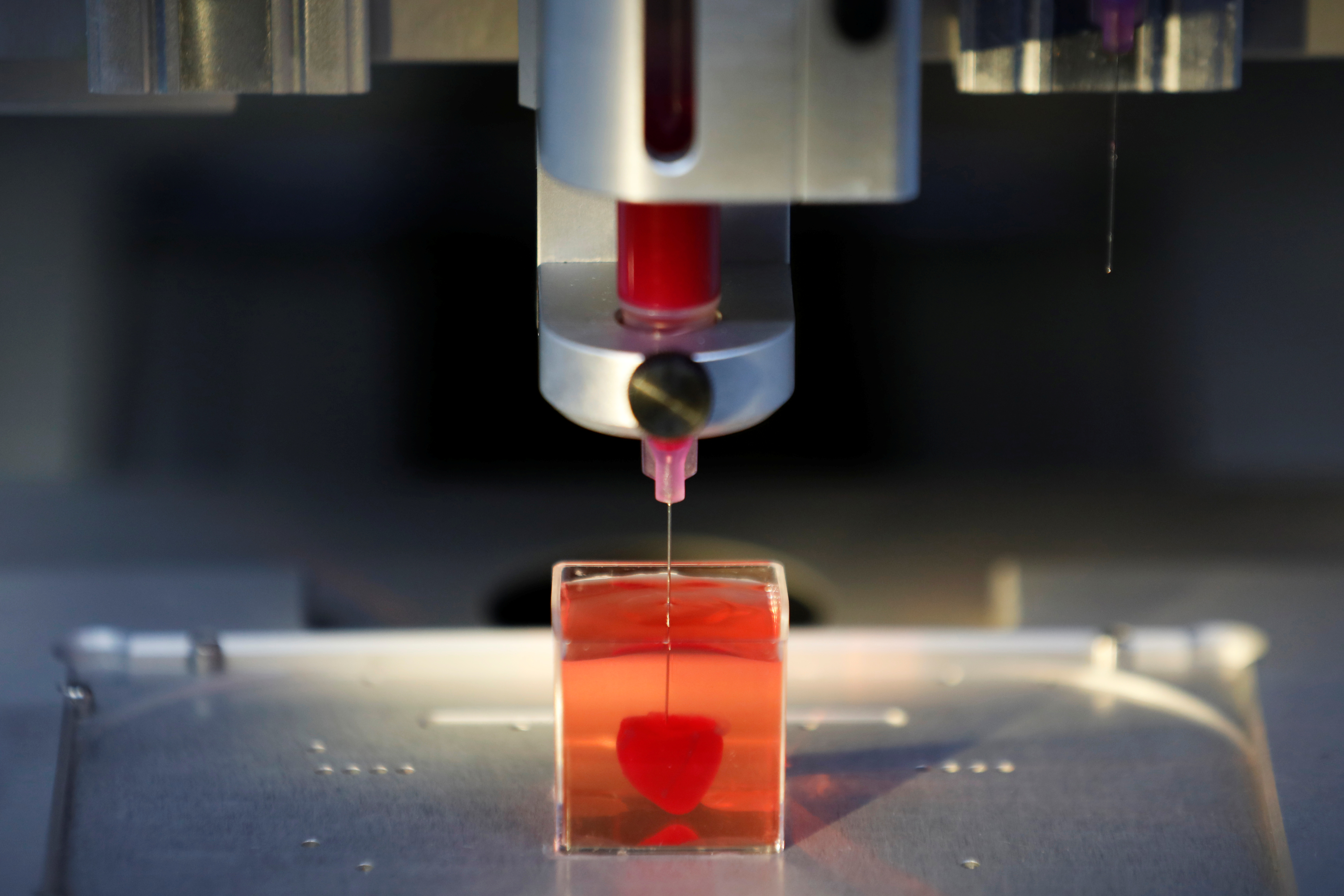Israeli Scientists Just Created the World’s First 3D-Printed Heart

Credit to Author: Shamani Joshi| Date: Wed, 17 Apr 2019 12:43:14 +0000
In a development that has got hearts racing, the world just got its first 3D-printed heart, created using human biological cells. A research team at the Tel Aviv University (TAU) in Israel revealed the first three dimensional (3D) vascularised engineered heart using a patient’s own cells and biological materials, publishing their findings in an Advanced Science study on April 15.
“This is the first time anyone anywhere has successfully engineered and printed an entire heart replete with cells, blood vessels, ventricles and chambers,” said Professor Tal Dvir of TAU’s School of Molecular Cell Biology and Biotechnology, one of the lead researchers of the study.
This was done by first taking apart the fatty tissue from the patient and separating the cellular material from its non-cellular counterparts. These cells were reprogrammed to become pluripotent stem cells—which are basically our body’s version of a photocopy machine, capable of developing into the range of cell types necessary to grow a heart—while the noncellular material made up of structural components like glycoproteins and collagen were modified to make a “bioink”. Both materials were mixed to make complex tissues including cardiac patches and will eventually be capable of creating a whole heart. While the process of developing artificial materials to replicate human tissues has been ongoing since 2017 in the field of regenerative medicine that uses technological inputs to figure out biological problems (even managing to develop functional human parts including a vagina using a 3D-bioprinting technology), these have so far been only simple tissues without blood cells.
But before you go around wanting to gift this 3-D heart to all the fuckboys who truly need it, you may want to note that getting there will still take some time. While this is a huge leap in the right direction to actually finding a substitute for heart transplants, the size of this heart is still pretty small—the same as the size of a rabbit’s heart. Heart transplants are instrumental in helping people with heart diseases, one of the leading causes of mortality globally, but the donor-based system they operate on means that there’s a waiting list to actually get one, something these straight-outta-sci-fi hearts will be able to overcome. Professor Dvir predicts that this heart is a promising development that has opened up the ability to produce a human-sized heart and other organs at our own convenience within the next 10 years.
Like most things at a nascent stage, this piece of he(art) still needs to be taught how to “behave”—a culturing process the researchers are going to undertake to make the heart do more than just contract, after which it will be tested out on animal models to perfect the process.
So buckle up kids, because this is going to be one hearty journey.
Follow Shamani Joshi on Instagram.
This article originally appeared on VICE IN.